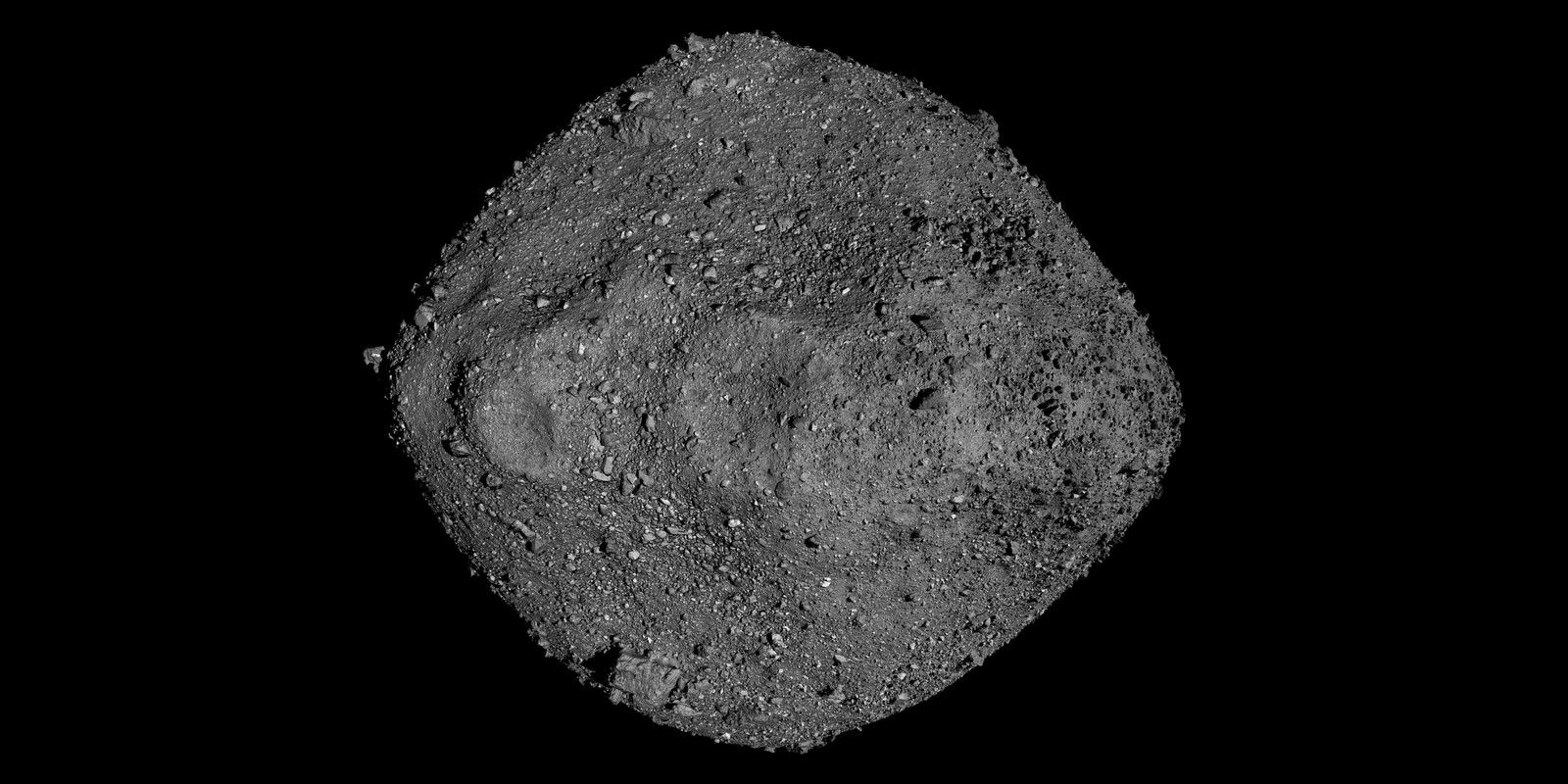Related
Thanks to the OSIRIS - king spacecraft , scientistsobserved that the asteroid Bennu was shooting pebbles , but they ’ve now found the first physical evidence of this conduct in a meteorite fragment right here on Earth . Bennu is quite a fascinating topic in astronomy , primarily because it is among the only two solar system asteroid cataloged by NASA that puzzle a hit threat .
Just over a class ago , information depth psychology revealed that theprobability of Bennu strike the Earthhas slightly gone up and now stands at one in 2,700 , or just about 0.037 percent . As per datum relay by the OSIRIS - king ballistic capsule , an encroachment upshot might happen on Sept. 24 of the twelvemonth 2182 . While that is still far away , scientist have unlock a mystery of pebbles shooting from the surface of asteroids like the Bennu .
Related : What Was The Asteroid Bennu Mission & What Does It intend For Science ?

A team run by Philipp Heck from the University of Chicago analyzed the Aguas Zarcas meteorite and noticed that it had some compendious fragments that would n’t get out aside as they tried to bankrupt it by the common temperature reduction and subsequent thawing technique . rather , CT CAT scan show that there werepebbles in the meteorite fragmentthat appeared squished rather than the regular spherical , and all of them appear to be distort in the same mode . A 2021 enquiry paper published inMeteoritics & Planetary Sciencealso revealed that the Aguas Zarcas had a unique structure that hints at a complex " admixture of various material in a highly dynamical surroundings . " The latest research published inNature Astronomysuggests that the complex mixing may have happened because of pebble displace around and getting crushed due to shock events .
A Novel Explanation For Asteroid Pebbles
Based on themeteorite ’s rock social organisation , the team is press forward an interesting theory . First , the parent asteroid have a collision issue that distort rocks at the sphere of impingement , and due to temperature fluctuation as the asteroid faces towards and aside from the Sun , the rocks finally split apart into gravel . Next , the gravel shoots out from the asteroid ’s aerofoil , probably due to thermal pressure or another collision event . Finally , these fragments move alongside the independent asteroid body bind by a rickety gravitational force for a while and eventually fall back on the surface in arena where no encroachment contortion is found .
When anothercollision effect happens , these loosely - packed fragments – which have been compare to a bucket of popcorn – again change state into a cohesive rock music with a clear-cut geometry . This particular geometry is likely the beginning of the unequalled pebble - shaped formations on the Aguas Zarcas meteorite . The team is calling it " the first physical evidence of the geologic physical process observed by OSIRIS - REx on Bennu . " The latest research also offers a new account of how minerals are rearrange on an asteroid . As for the OSIRIS - REx spacecraft , it will return with a sample distribution of Bennu ’s regolith in September of next year , allowingscientiststo take a closer flavor at its mineral constitution .
informant : Nature Astronomy , Meteoritics & Planetary Science



Credit: NASA

Credit: Drew Carhart/Field Museum of National History